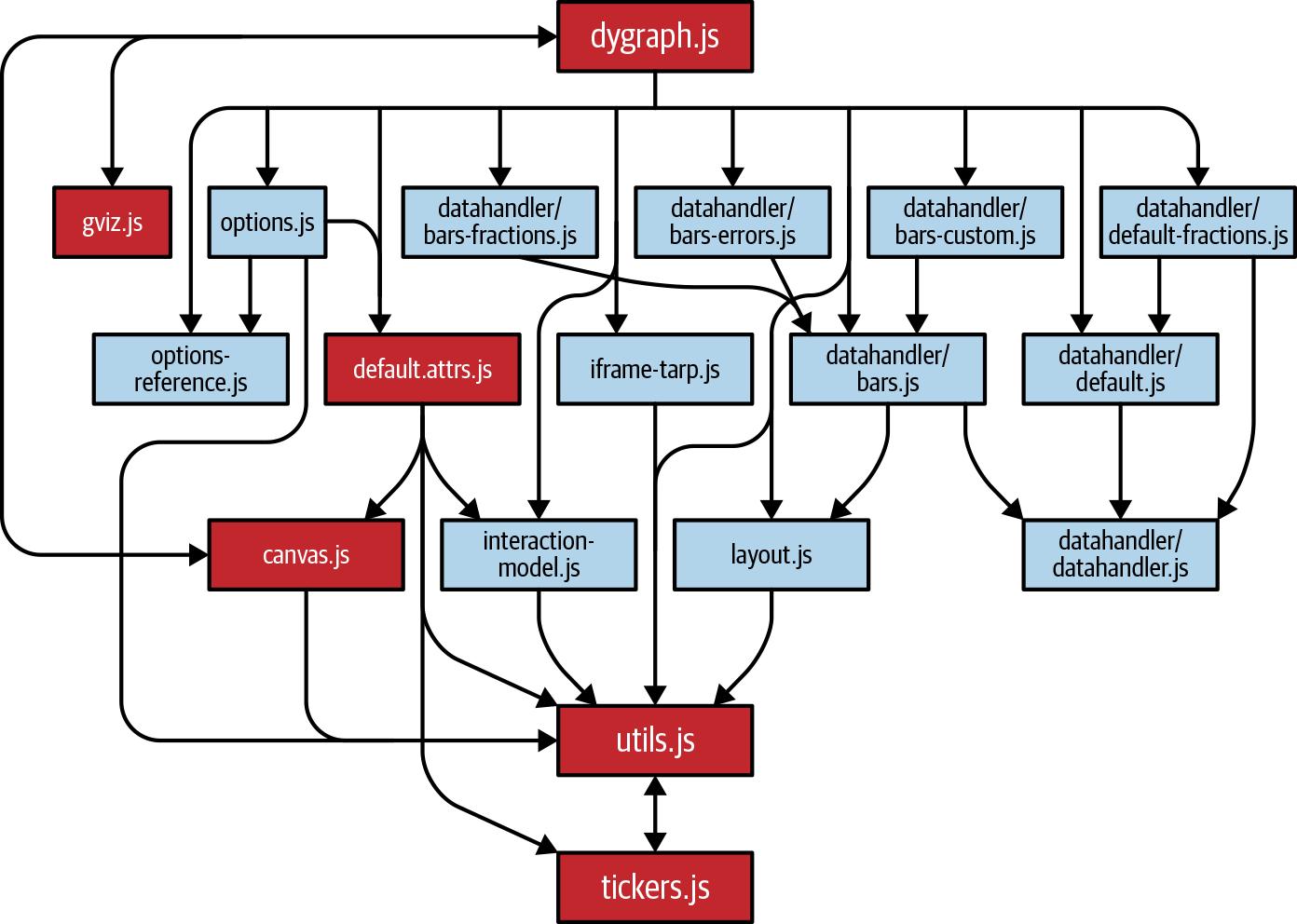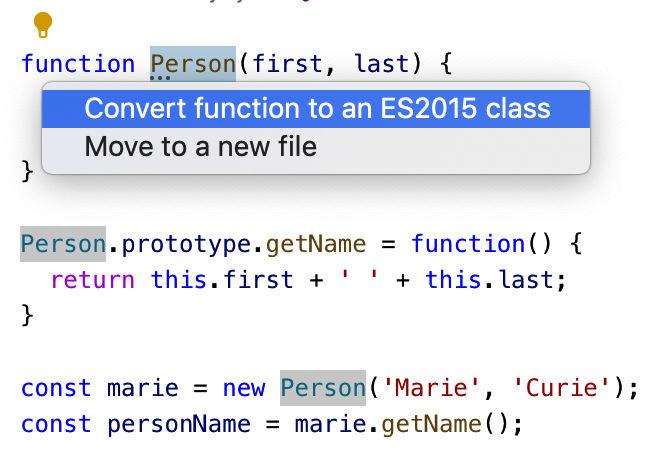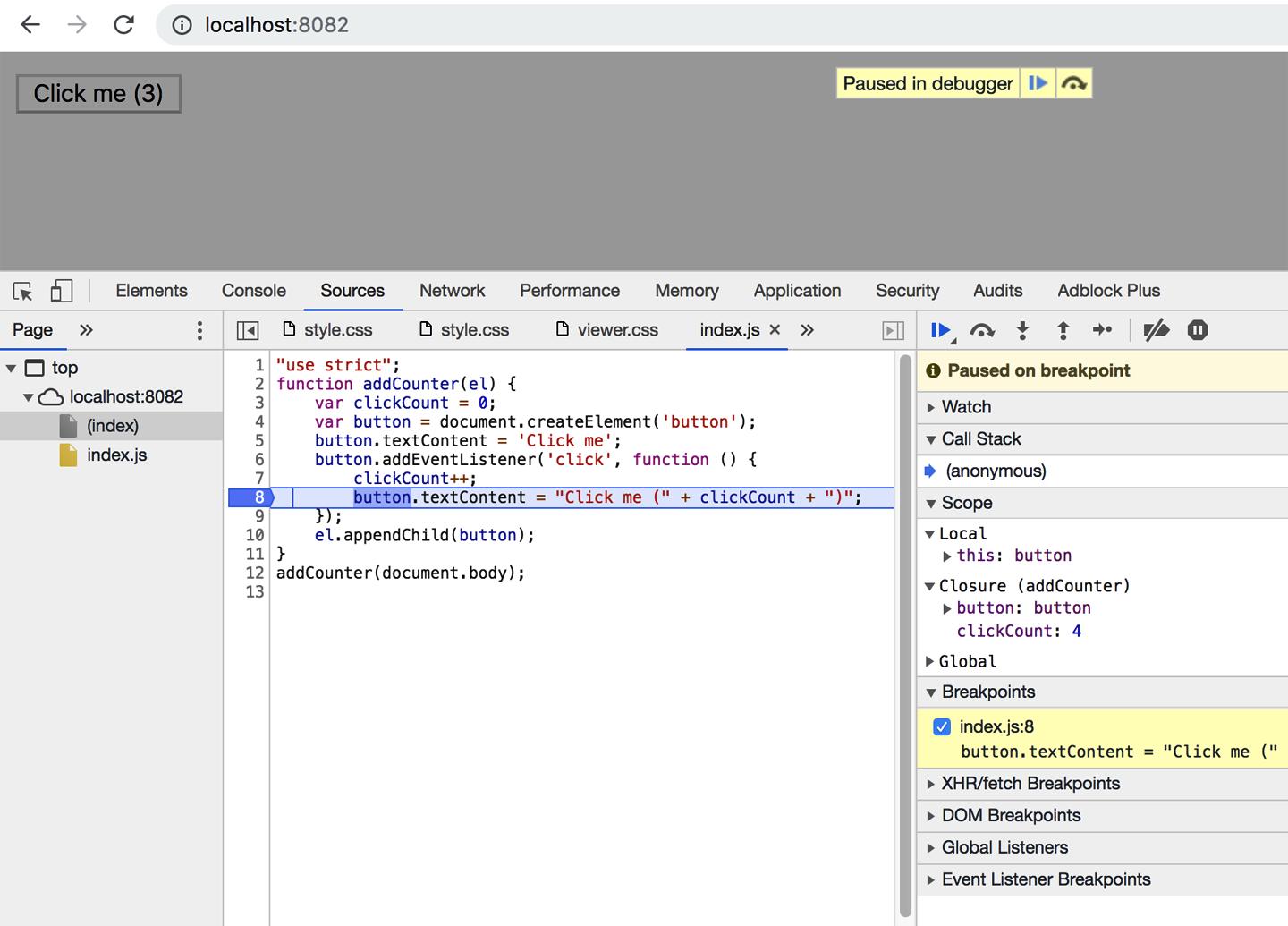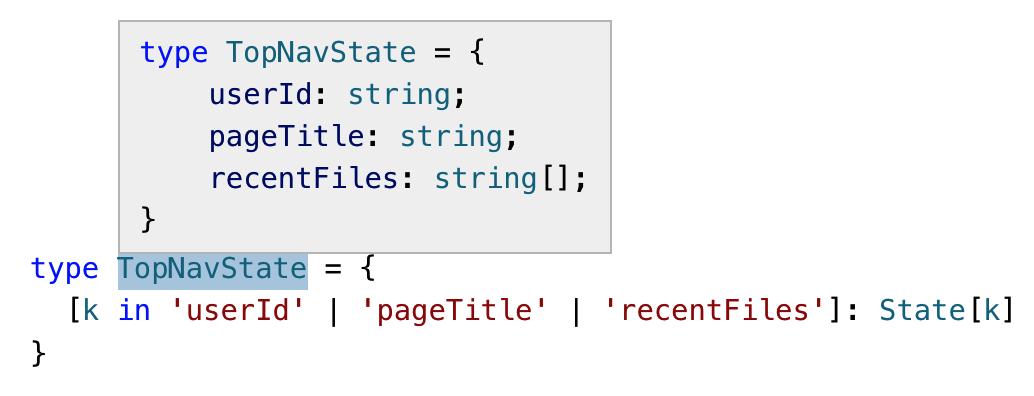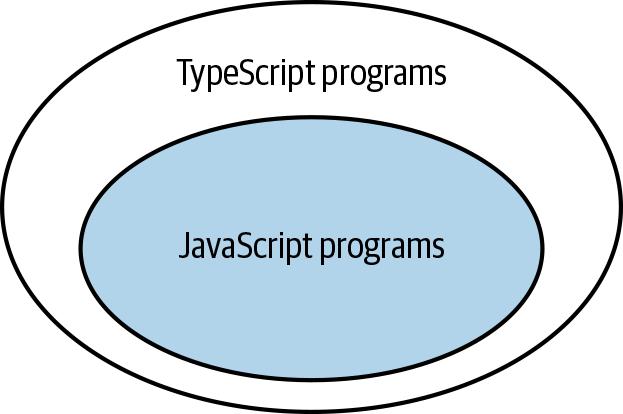But as you transition to TypeScript, there’s not much value in keeping 'use strict' in your source code. By and large, the sanity checks that TypeScript provides are far stricter than those offered by strict mode. There is some value in having a 'use strict' in the JavaScript that tsc emits. If you set the alwaysStrict or strict compiler options, TypeScript will parse your code in strict mode and put a 'use strict' in the JavaScript output for you. In short, don’t write 'use strict' in your TypeScript. Use alwaysStrict instead. These are just a few of the many new JavaScript features that TypeScript lets you use. TC39, the body that governs JS standards, is very active, and new features are added year to year. The TypeScript team is currently committed to implementing any fea‐ ture that reaches stage 3 (out of 4) in the standardization process, so you don’t even have to wait for the ink to dry. Check out the TC39 GitHub repo3 for the latest. As of this writing, the pipeline and decorators proposals in particular have great potential to impact TypeScript.
Things to Remember • TypeScript lets you write modern JavaScript whatever your runtime environ‐ ment. Take advantage of this by using the language features it enables. In addi‐ tion to improving your codebase, this will help TypeScript understand your code. • Use TypeScript to learn language features like classes, destructuring, and async/ await. • Don’t bother with 'use strict': TypeScript is stricter. • Check the TC39 GitHub repo and TypeScript release notes to learn about all the latest language features.
Item 59: Use @ts-check and JSDoc to Experiment with TypeScript Before you begin the process of converting your source files from JavaScript to Type‐ Script (Item 60), you may want to experiment with type checking to get an initial read on the sorts of issues that will come up. TypeScript’s @ts-check directive lets you do exactly this. It directs the type checker to analyze a single file and report whatever issues it finds. You can think of it as an extremely loose version of type checking: looser even than TypeScript with noImplicitAny off (Item 2).
3 https://github.com/tc39/proposals
Item 59: Use @ts-check and JSDoc to Experiment with TypeScript
|
223


